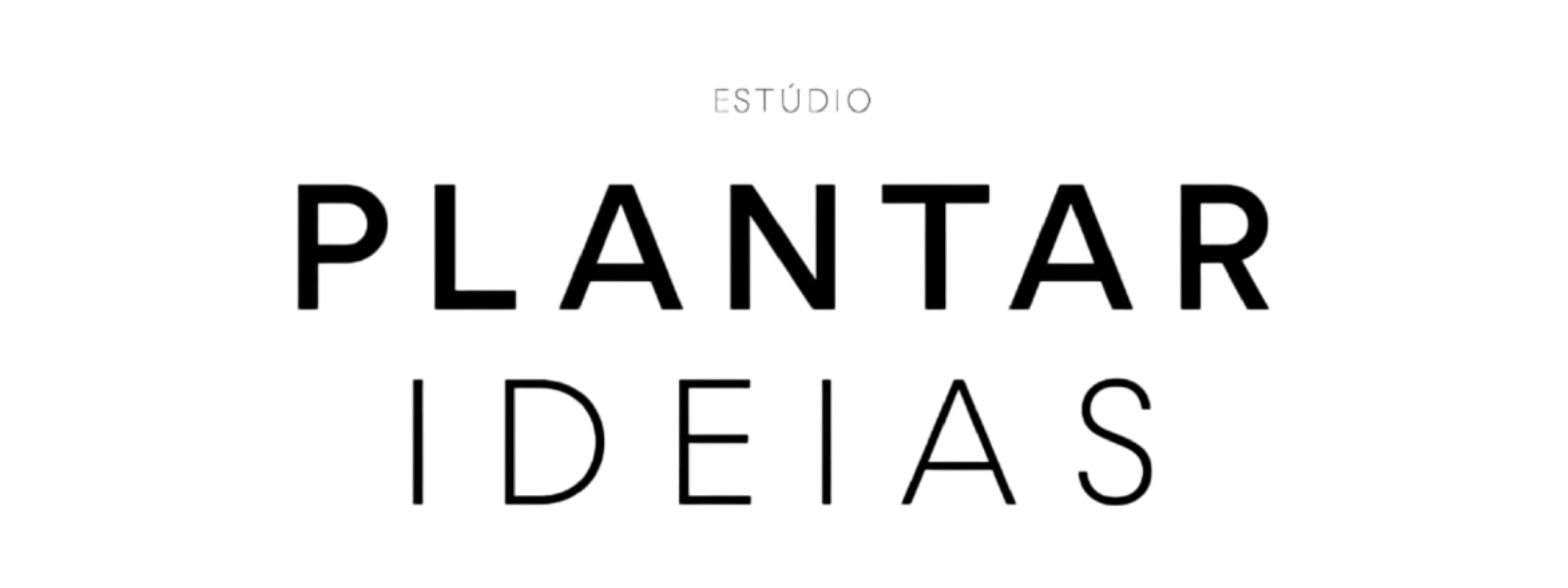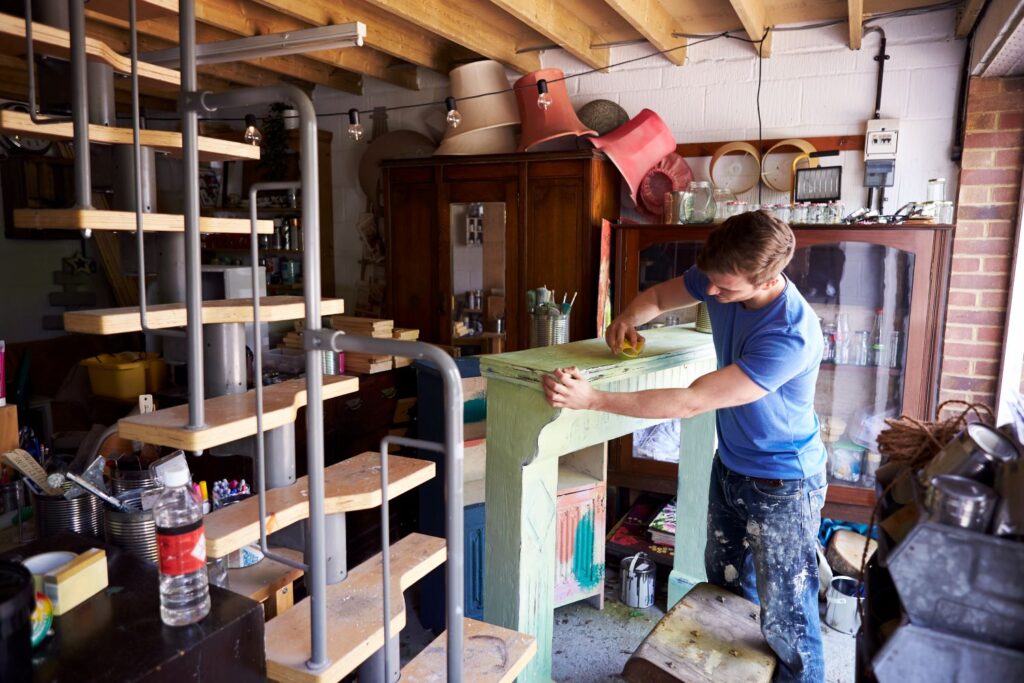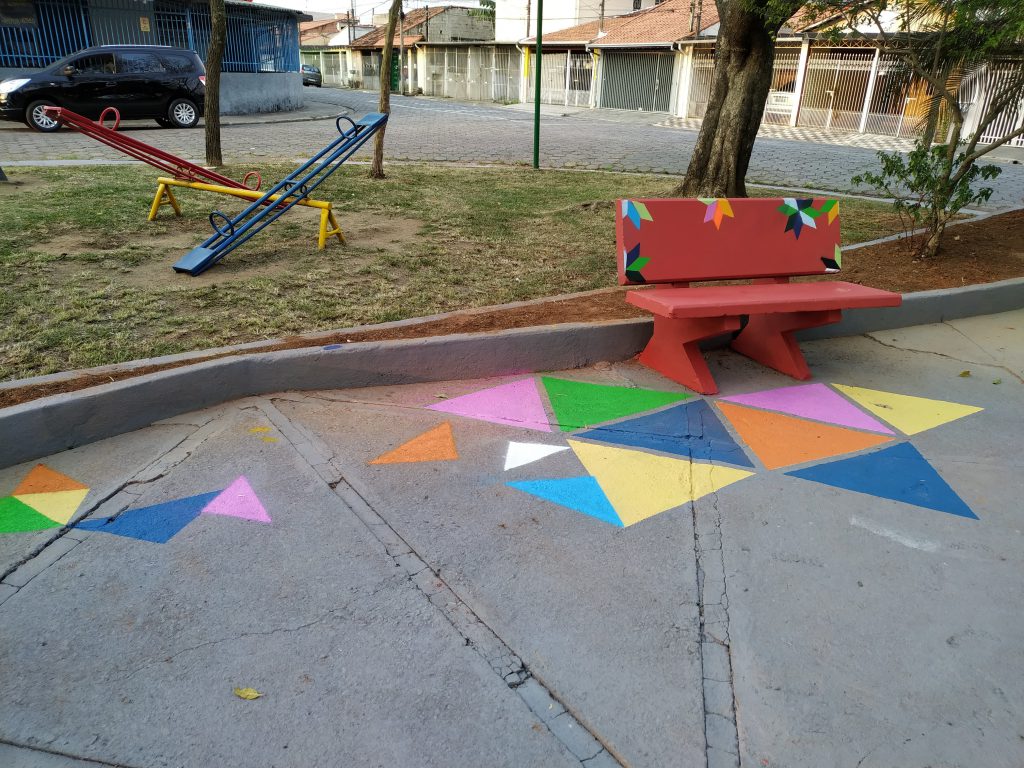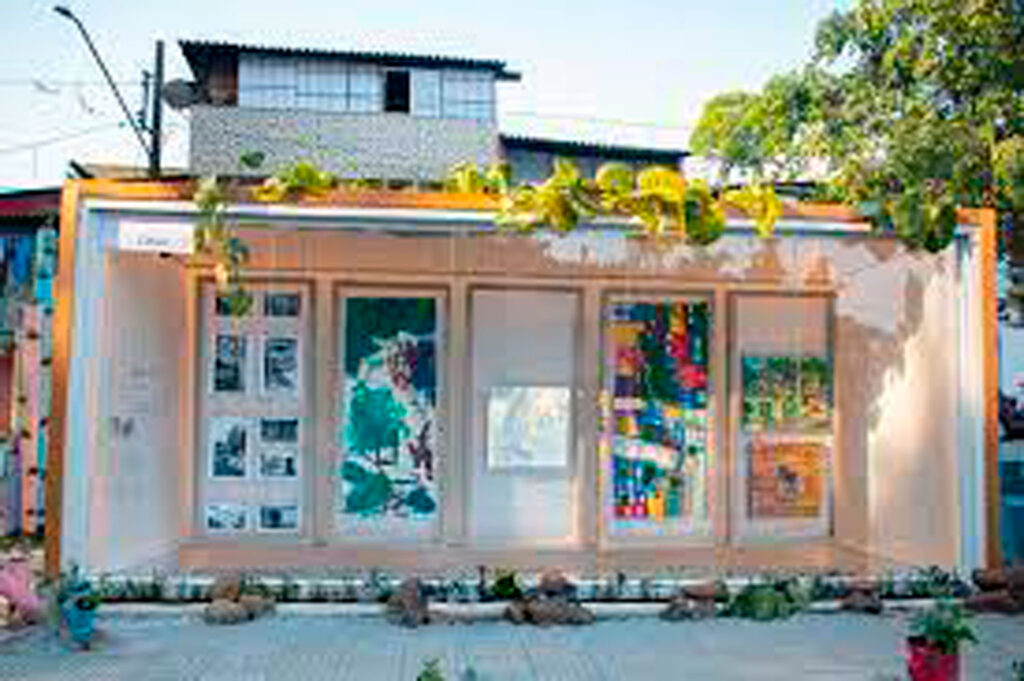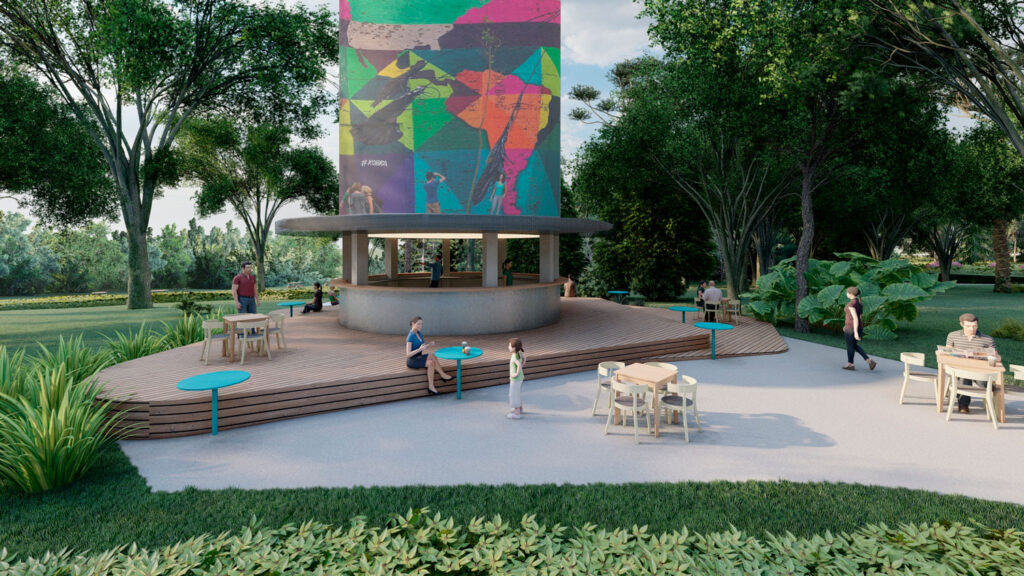Mass production brings more and more products to our daily lives and, consequently, more waste. Unfortunately, this large amount of waste causes very negative impacts on the environment. So, to reduce this problem, the concept of upcycling was created.
Continue reading and find out what upcycle is!
What is upcycling?
Bringing a new and remodeled vision to some concepts such as reuse and recycling, the upcycle is nothing more than giving a new purpose to a product that no longer serves its purpose.
The idea of upcycling, a term created by environmentalist Reine Pilz, is to use creativity to optimize products that would otherwise be discarded. With this, sustainability and protection of the environment are also placed on the agenda.
What is the difference between upcycling and customization?
Customization provides for the use of a product that can still be used in its “natural” form so that it becomes unique, as is the case of a blouse that underwent customization and can now be worn exclusively by one person.
Upcycling, on the other hand, uses as a basis a product or material that would otherwise be discarded, that is, that can no longer be used in the same way. This doesn't prevent it from being customized later, but that's not necessarily the focus.
Difference between upcycling and recycling
Upcycling is more focused on re-formatting a product so that it has even more value in the market. A glass bottle that would otherwise be discarded can become a decorative object, like a lamp, and become worth much more than before.
On the other hand, recycling uses chemical processes to modify the structure of a material, so that it becomes a kind of used raw material. Typically, this reduces the value of the final product, which does not happen with upcycling.
Benefits of upcycling
Here are some of the main advantages of upcycling:
Better use of resources
Upcycling allows natural resources, very important and non-renewable, such as water, to be used in the best possible way without wasting them. The idea is to ensure that a product, such as plastic, for example, is not discarded so that another one can be created from scratch. This allows resources such as oil to be used on a smaller scale.
circular economy
The circular economy and the upcycle are directly linked, as they provide for the reuse of products and materials to create new useful solutions for companies and their customers. This means using a smaller amount of raw material in manufacturing processes, thus generating less waste.
Business model
It is also important to point out that upcycling can be an excellent business model for poor communities or even for large companies. Currently, we can see the concept applied in the textile industry with the manufacture of sustainable fashion products, in the production of furniture and decorative objects, and even in the manufacture of everyday products, such as notebooks and bags.
Did you like the content and want to know more about our work? Then continue on the Plantar Ideias website and check out the Bosque da Reading project on Ibirapuera park!
Check also: Ideias sustentáveis
